Trials underway to validate new fish aggregation device that is biodegradable, floating and submersible
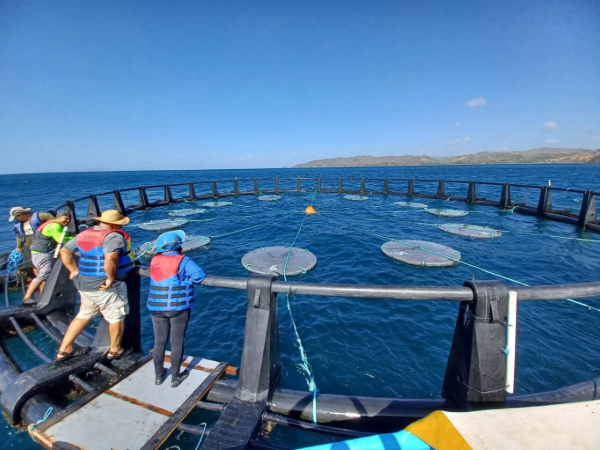
Ocean technology company Zunibal has created a new floating industrialized platform made from biodegradable materials and designed specifically for tropical tuna fishing boats that use purse seine nets. The concept aims to reduce marine waste and minimize the environmental impact on ocean ecosystems.
Fish aggregating devices (FADs) are tools used by the tuna fishing industry for their ability to concentrate fish. Their designs over the years have evolved to minimize their impact on the marine environment. However, significant challenges remain, particularly in finding more sustainable materials and simplifying their configuration.
Zunibal first introduced this innovation to the fishing industry in November 2023. While preparing for trials in tropical oceans, Zunibal, AZTI Technology Center and the fishing industry realized that the platform, which was initially meant to float on the water as part of a FAD, could also be adapted to work underwater. This makes it better suited for places like the Indian Ocean.
To achieve this, the team built and incorporated a submerged, non-meshed grid made from the same compostable bio-based material into the trials. This design, like the floating version, limits the number of elements required to construct these devices, making them easier to recover in the event of loss at sea or stranding.
“These two designs eliminate or significantly reduce the need for synthetic canvas and raffia, or flotation components such as foam floats (skittles),” said Iker Zudaire, AZTI’s sustainable fishing expert. “In this way, by using materials that improve the characteristics of the FAD, we can minimize its impact on the environment.”
The two new FAD prototypes will be tested in two phases. The first phase, lasting 18 months, started in March at the Achotines Laboratory in Panama, under semi-controlled tropical conditions.
The second phase will test the FADs in real conditions with help from companies like Albacora, Nauterra, Pevasa, Echebastar and Inpesca. Starting in May, they will deploy 60 floating platforms in the Atlantic Ocean and 150 submerged platforms in the Indian Ocean.
Fisheries in Focus: What are fish aggregating devices and why is there debate about banning them?
The main challenge is to study the effectiveness of the new material for the construction of FAD platforms and compare them with conventional ones to confirm that they not only contribute to reducing the environmental impact of the tuna sector but are also useful tools for fishing practice.
“The industry and the scientific community must work together to ensure the sustainability of marine resources, particularly in tropical tuna fisheries,” said Álvaro Núñez of Zunibal. “The adoption of practices based on scientific research will ensure optimal operations and effective long-term management, which is essential to preserve both the ecosystem and the economic viability of the sector.”
Now that you've reached the end of the article ...
… please consider supporting GSA’s mission to advance responsible seafood practices through education, advocacy and third-party assurances. The Advocate aims to document the evolution of responsible seafood practices and share the expansive knowledge of our vast network of contributors.
By becoming a Global Seafood Alliance member, you’re ensuring that all of the pre-competitive work we do through member benefits, resources and events can continue. Individual membership costs just $50 a year.
Not a GSA member? Join us.
Author
Tagged With
Related Posts
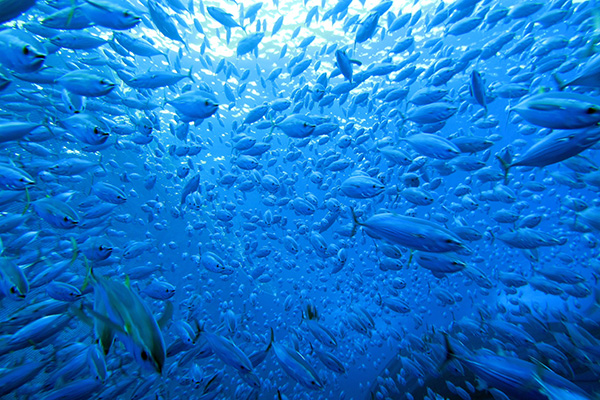
Fisheries
Guide shows commercial tuna fishers how to build net-free, biodegradable fish aggregating devices
A new net-free, nearly 100 percent biodegradable design for fish aggregating devices could help minimize the impact of commercial tuna fishing.
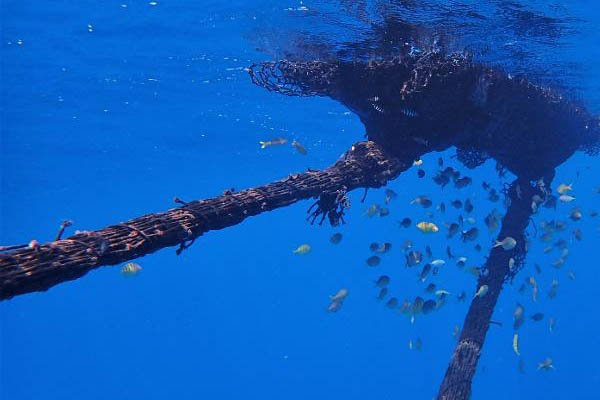
Fisheries
Can repurposing fish aggregating devices make MPAs more effective?
A new study suggests that fish aggregating devices could be repurposed to enhance marine protected areas (MPAs).
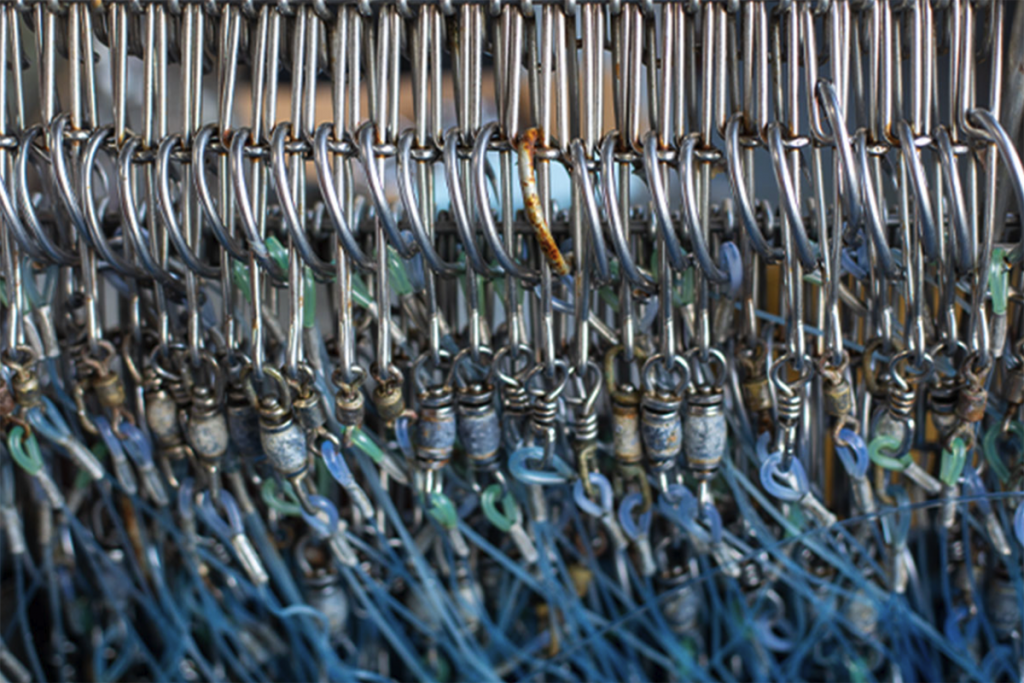
Fisheries
Could these high- and low-tech approaches help curb fisheries bycatch?
From marine mammal ‘pingers’ to seabird-sparing fishing hooks, commercial fishermen have a growing number of options to prevent fisheries bycatch.
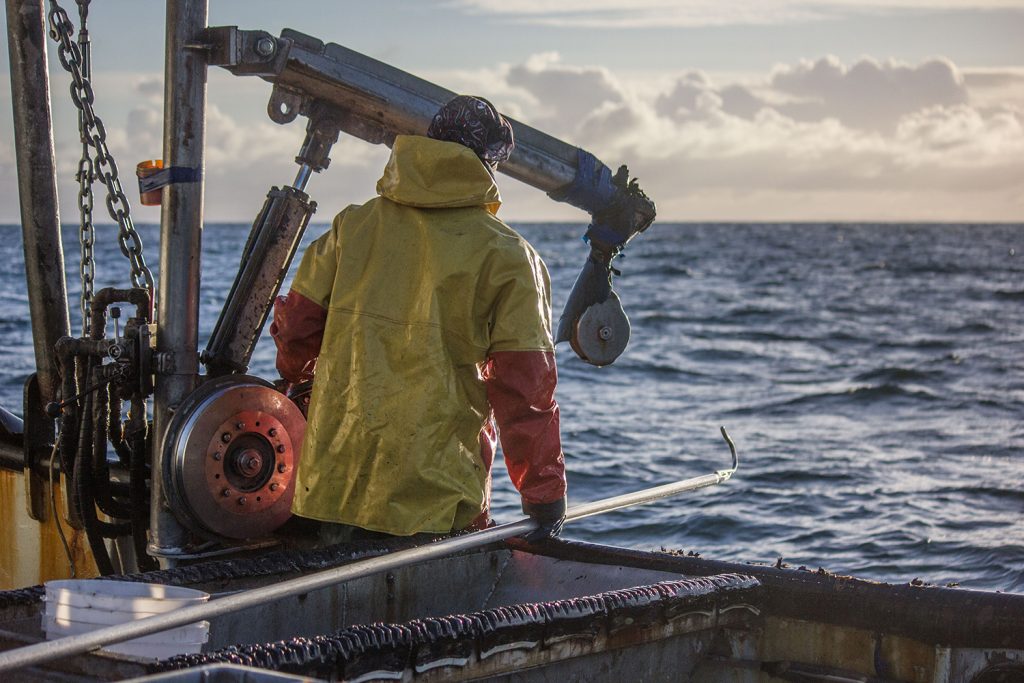
Fisheries
Artificial intelligence is already helping improve fisheries, but the trick is in training the tech
Artificial intelligence is providing valuable data to fisheries, cutting costs and the need for human review. Can the technology be perfected?



